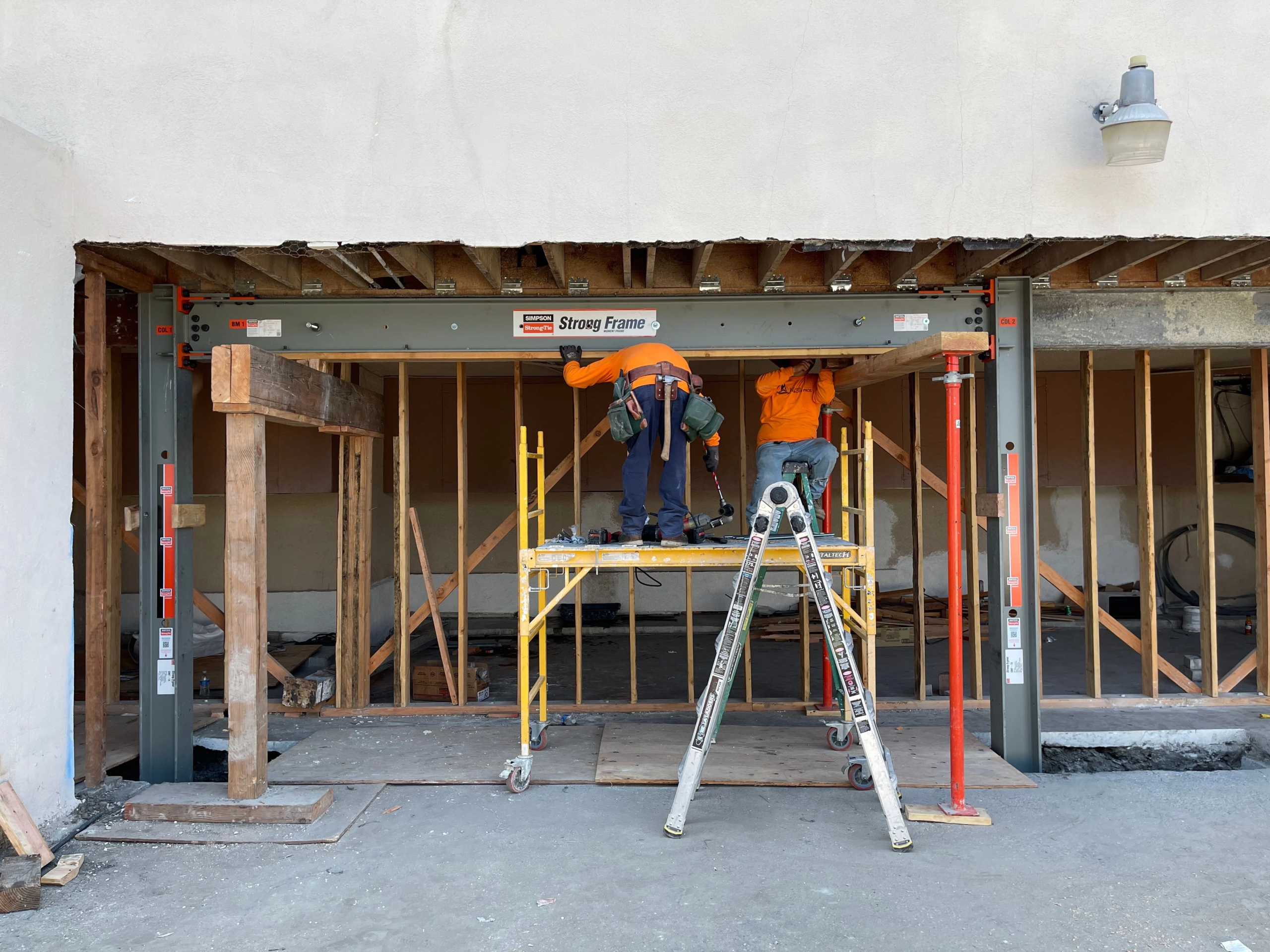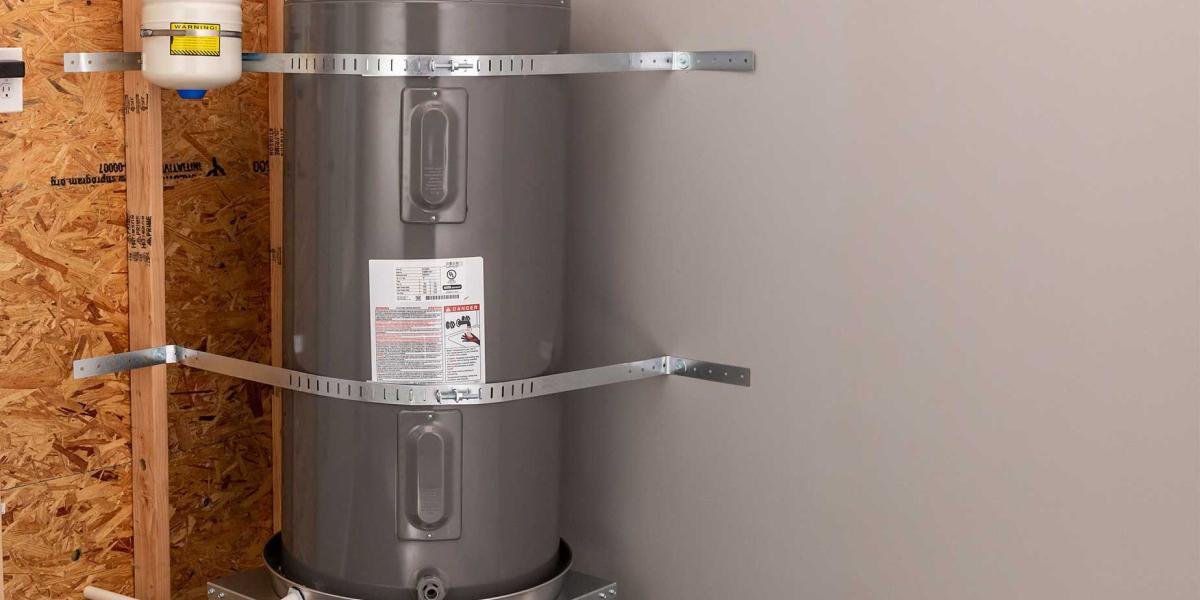California is one of the most seismically active states in the U.S., making earthquake preparedness a critical concern for homeowners and builders alike. While no home is 100% “earthquake proof,” many homes in California are built or retrofitted to be earthquake resistant, following strict building codes designed to minimize damage and protect occupants.
1. What Makes a Home Earthquake Resistant?
Earthquake-resistant construction involves design and materials that help buildings withstand seismic forces. Common features include:
- Reinforced foundations with proper anchoring
- Flexible gas and water lines to reduce rupture risk
- Bolted wall-to-foundation connections
- Braced cripple walls (common in older homes)
- Use of shear walls and diaphragms to absorb seismic energy
- Seismic retrofitting in older structures
Newer homes, especially those built after the 1980s, are more likely to meet current California Building Code (CBC) standards for earthquake safety.

2. Are Older Homes at Greater Risk?
Many older homes in California—especially pre-1970s constructions—were not built to modern seismic standards. These include:
- Unreinforced masonry buildings (URMs)
- Soft-story buildings (with weak first floors)
- Homes with raised foundations and cripple walls
- Lack of foundation bolting or bracing
Cities like Los Angeles and San Francisco have implemented mandatory retrofitting laws to improve the resilience of vulnerable structures.

3. How Can I Check If a Home Is Seismic Safe?
If you’re buying or renting a home in California:
✅ Review the Home Inspection Report:
Ask for details on:
- Foundation condition
- Presence of seismic retrofitting
- Roof and chimney stability
✅ Use Zillow Rental Estimate and Property Insights:
While Zillow doesn’t directly assess earthquake resistance, it can show property details such as:
- Year built
- Renovations or upgrades
- Location near fault zones (sometimes noted)
You can also use tools like the USGS Fault Line Map or consult local county resources for hazard disclosures.

4. What Can Homeowners Do to Improve Earthquake Safety?
🔨 Retrofitting Options:
- Bolt the house to its foundation
- Reinforce crawl space walls
- Install automatic gas shut-off valves
- Secure heavy appliances and water heaters
🧰 Interior Safety Tips:
- Anchor bookshelves and TVs to walls
- Install latches on cabinet doors
- Keep emergency kits ready

5. Do Earthquake Insurance and Disclosure Laws Apply?
In California:
- Earthquake insurance is not included in standard homeowners’ policies but can be purchased separately through providers like the California Earthquake Authority (CEA).
- Sellers must disclose if a home is located in a Special Flood Hazard Area or within a seismic hazard zone, though specific fault line proximity may not always be required.
Conclusion
While no home is completely earthquake proof, homes in California are increasingly built and upgraded to be earthquake resistant. Whether you own, rent, or invest, understanding a property’s seismic safety and taking proactive steps can significantly reduce risks during an earthquake.
Frequently Asked Questions (FAQ)
Q: Are all new homes in California earthquake-proof?
A: No home is fully earthquake-proof, but newer homes must comply with strict seismic building codes to enhance safety and resilience.
Q: Do I need to retrofit my older home in California?
A: It’s highly recommended, especially if your home has a raised foundation, soft-story design, or unreinforced masonry.
Q: Does Zillow list information about earthquake safety for homes?
A: Zillow provides basic property details like year built and renovations, which can help gauge seismic risk, but it does not specifically assess earthquake readiness.
Q: How much does it cost to retrofit a home for earthquakes?
A: Costs vary depending on size and structure, ranging from $3,000–$15,000 or more for common retrofitting measures.

Join The Discussion